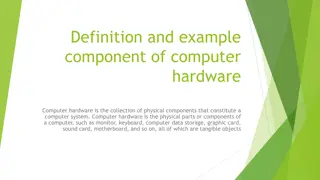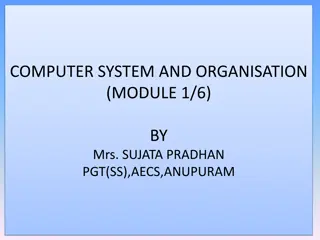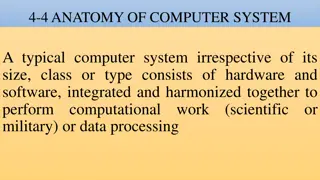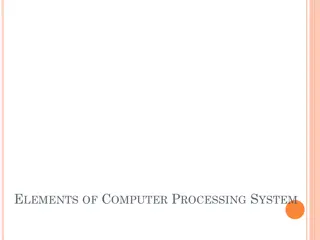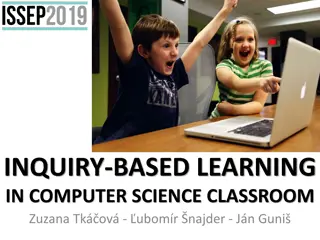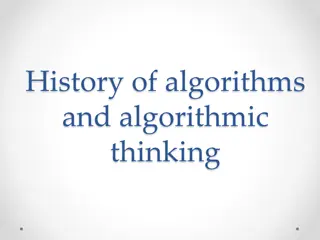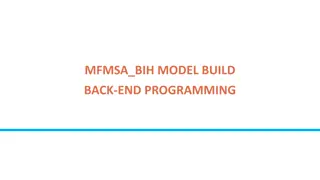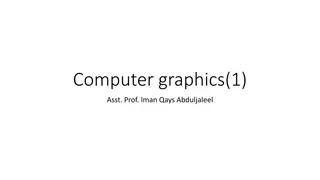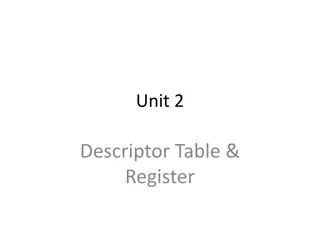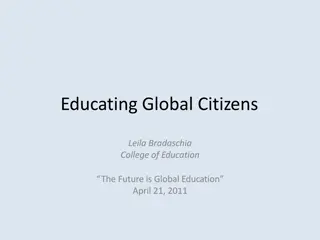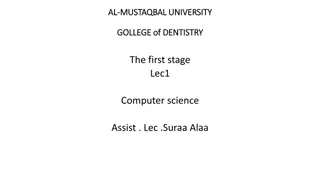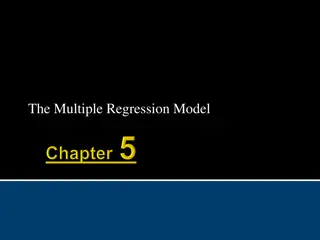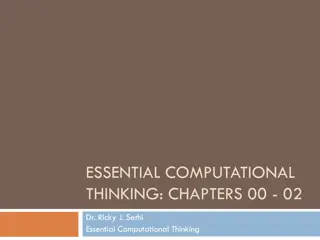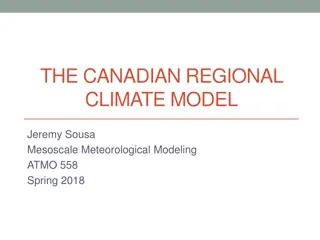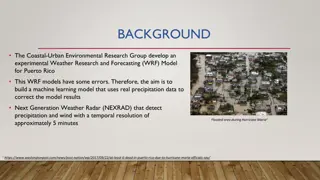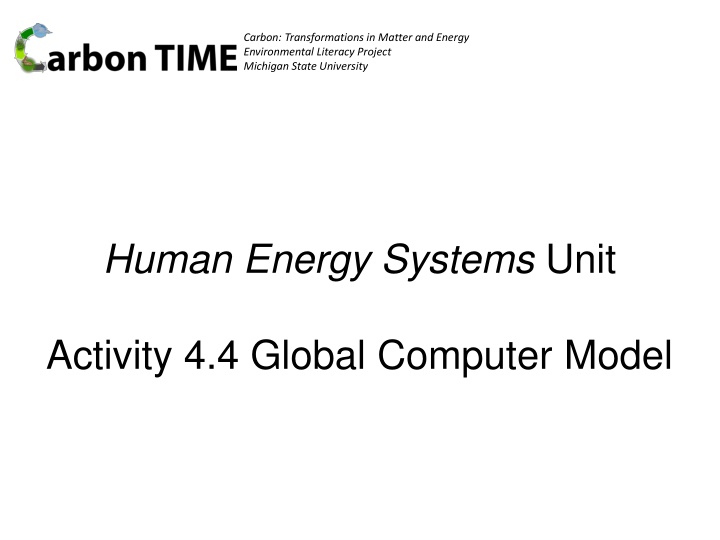
Carbon Transformations and Predicting CO2 Concentrations
Explore carbon transformations, global carbon cycles, and predicting CO2 concentrations through an environmental literacy project. Learn about the relationships between carbon pools, fluxes, and future climate scenarios. Gain insights into the factors affecting CO2 levels in Hawaii and how to predict future concentrations. Dive into a global computer model to grasp the dynamics of these processes and their implications for our environment.
Download Presentation

Please find below an Image/Link to download the presentation.
The content on the website is provided AS IS for your information and personal use only. It may not be sold, licensed, or shared on other websites without obtaining consent from the author. If you encounter any issues during the download, it is possible that the publisher has removed the file from their server.
You are allowed to download the files provided on this website for personal or commercial use, subject to the condition that they are used lawfully. All files are the property of their respective owners.
The content on the website is provided AS IS for your information and personal use only. It may not be sold, licensed, or shared on other websites without obtaining consent from the author.
E N D
Presentation Transcript
Carbon: Transformations in Matter and Energy Environmental Literacy Project Michigan State University Human Energy Systems Unit Activity 4.4 Global Computer Model
You are here 2
How Can We Predict CO2 Concentrations in the Future?
Goals for Activity 4.4 We want to figure out (a)what makes CO2 concentrations in Hawaii go up every winter and down every summer, (b)what makes CO2 concentrations a little higher each year, and (c)how to predict future CO2 concentrations. 6
Global Computer Model http://carbontime.bscs.org/sites/default/files/si mulations/HES_Simulation/index.html
Reading about Global Pools and Fluxes What did you learn from pages 1 and 2 of the Global Computer Model Reading? Questions What words or sentences were hard to understand? What questions do you have about them? Connections How does this reading connect with what you have been learning in class? How does this reading connect with things that we see in the world around us? How does this reading connect with other things that you have read or heard? Questions What new questions do you have after reading this? 10
Changing the Size of a Flux To change the size of a flux: 1. Click on the button for that flux. 2. Use the slider or type in the value you want. Note that the range of values for each flux is limited.
Controlling When to Change You can also control when a change will take place by sliding the beginning and end dates or typing them in. Note that the model runs for 50 years, from 2018 to 2068.
Recording Results Use the slider on the graph to show results for a year that you choose on the table.
Recording Results Use the slider on the graph to show results for a year that you choose on the table.
Run 2: Reduce Fossil Fuel Consumption Note: This shows results for reducing the fossil fuel combustion flux to 2.5 GtC/yr. Choosing other values will give different results.
Run 3: Reduce Fossil Fuel Consumption after 10 years Note: This shows results for reducing the fossil fuel combustion flux to 2.5 GtC/yr. Choosing other values will give different results.
Run 4 and Questions about Patterns How did you change the fluxes to keep the size of the Atmospheric Carbon Pool below 1100 GtC? Question B1. What determines if or when the Atmospheric CO2 Pool passes 1100 GtC? Question B2. In the long run, the photosynthesis and cellular respiration fluxes will probably stay close to balanced. What does that mean that humans need to do to keep the Atmospheric CO2 Pool less than 1100 GtC?
Big Idea Probe: What Would Happen If We Cut Fossil Fuel Use In Half? Revise your predictions: What will happen to CO2 concentrations if we cut fossil fuel use in half? 19


